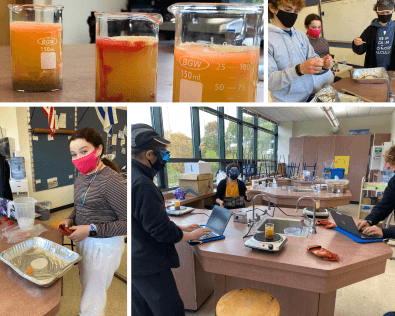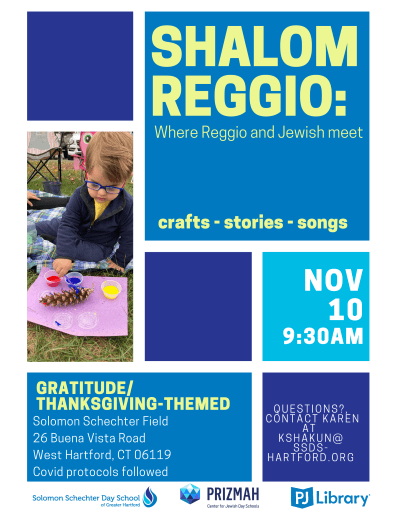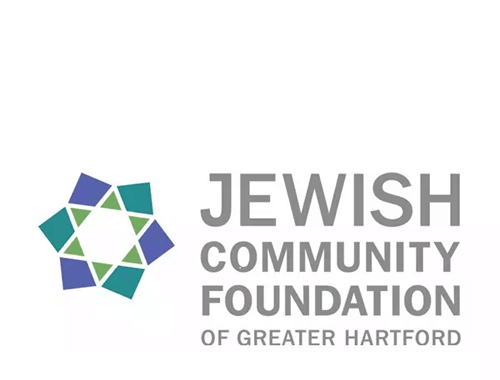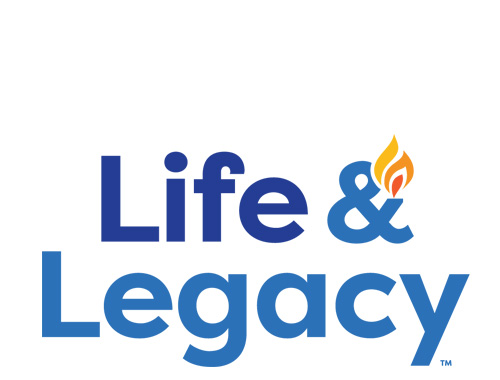Schechter Shavua: November 9, 2020
Getting to the Core of Things
 In learning about the mantle and plate tectonics, Bogrim students (8th grade) used silly putty to simulate the mantle and fluid-like solids. Following the procedures they designed in a previous class, students carried out tests to determine how silly putty changes properties when heated or cooled. In using silly putty to simulate the mantle, they were able to visualize how convection could apply to a solid, and how a solid could have liquid-like properties at high temperatures.
In learning about the mantle and plate tectonics, Bogrim students (8th grade) used silly putty to simulate the mantle and fluid-like solids. Following the procedures they designed in a previous class, students carried out tests to determine how silly putty changes properties when heated or cooled. In using silly putty to simulate the mantle, they were able to visualize how convection could apply to a solid, and how a solid could have liquid-like properties at high temperatures.
In a related activity about plate tectonics and how the Earth is changing, Bogrim students (8th grade) simulated the formation of volcanoes by heating a beaker filled with melted wax, sand, and water. Starting with a layer of wax already in the beaker, each group of students filled the beakers with a layer of sand and water. Students then heated their beakers on a hot plate and observed the changes. As the beakers heated up, the layer of wax began to melt and it burst through the layer of sand, rose through the water, and pooled on the surface of the beakers. Using their understanding of plate tectonics, students related each of the layers in the beaker to different densities of rock in the Earth. Students also used their understanding of convection to explain why the hot wax rose through the sand and water to the surface of the beaker. Students practiced lab safety while carrying out the procedures in this experiment.
Making Predictions, Estimating, and Skip Counting in One Gooey Activity
The Parparimstudents (grades K-1) participated in a two-day, integrated math and science experiment based on the book “How Many Seeds In A Pumpkin?” The class first read the story, and then investigated three different-sized pumpkins, just like in the story. First, they estimated how many lines and seeds each pumpkin had, then they divided into groups to clean out each pumpkin. The seeds dried overnight, and the following day the teams separated their seeds into groups of 2s, 5s, and 10s. They practiced their awesome skip counting to tally the number of seeds in their pumpkin!.The students proved the hypothesis that the more lines a pumpkin has, the more seeds are growing inside it. It was ooey, gooey, and fantastic!
Click HERE for more photos of their Pumpkin Predictions
It's not too late to RSVP for tomorrow's free family program!
Shalom Reggio:
Gratitude/Thanksgiving-Themed
Bring your favorite young child(ren) for a fun, free outdoor program that will engage their minds! Open to the community; RSVP required.
11.10.2020 @ 9:30am on the Schechter Field (Rain date 10.12.2020)
RSVP HERE
*Covid protocols will be followed
Solomon Schechter Day School
of Greater Hartford
26 Buena Vista Road
West Hartford, CT 06107
© Solomon Schechter Day School of Greater Hartford | Site design Knowles Kreative





